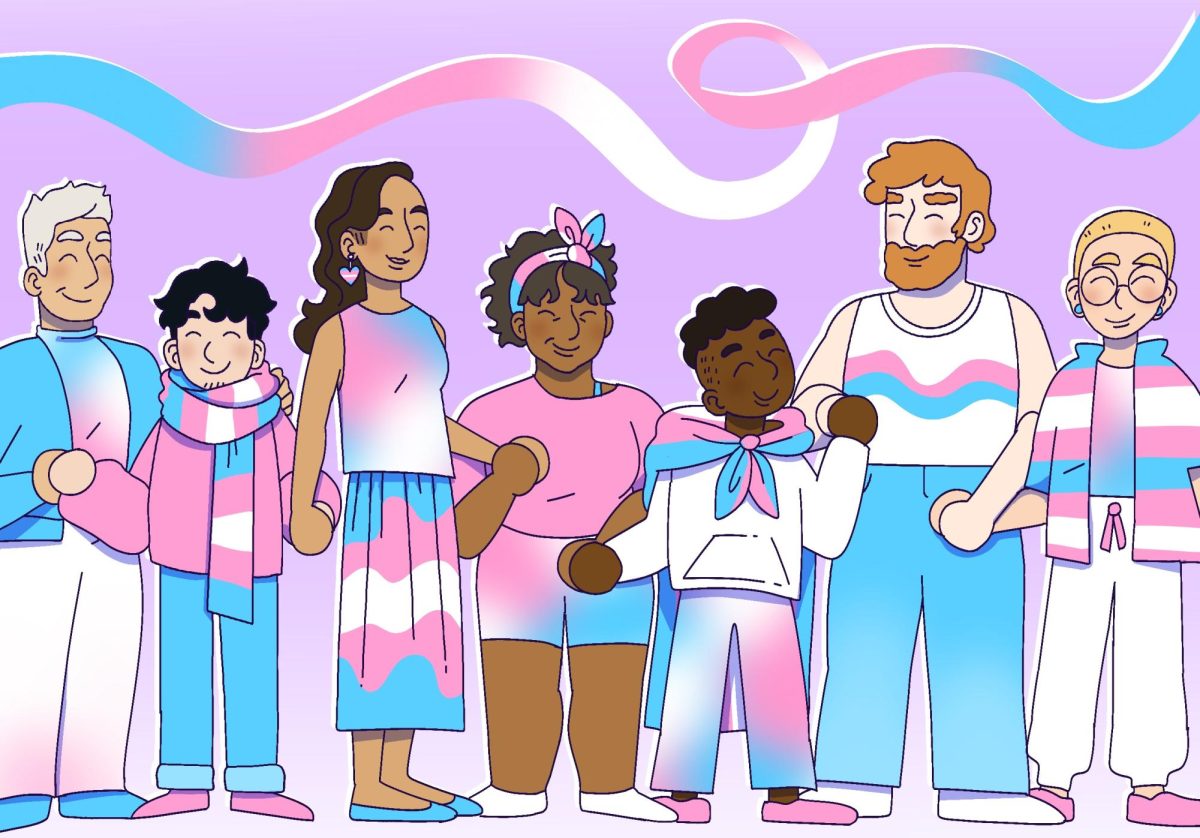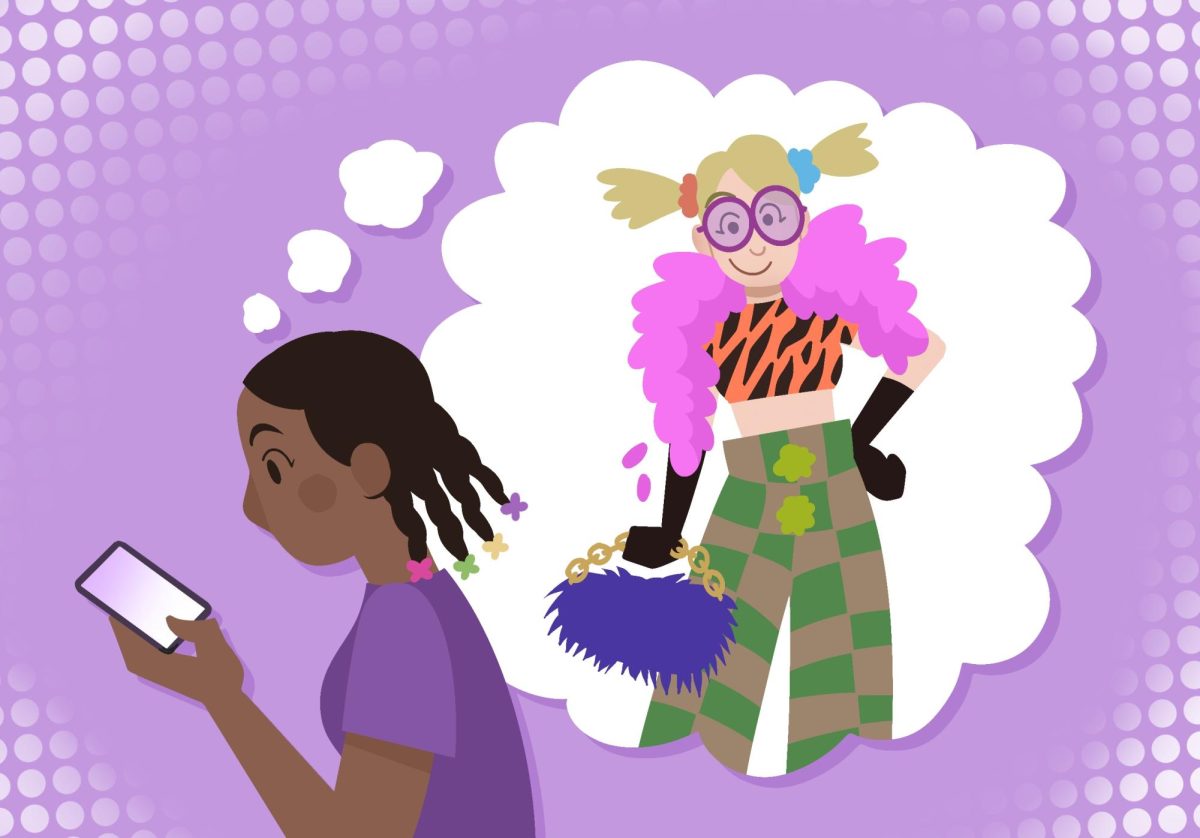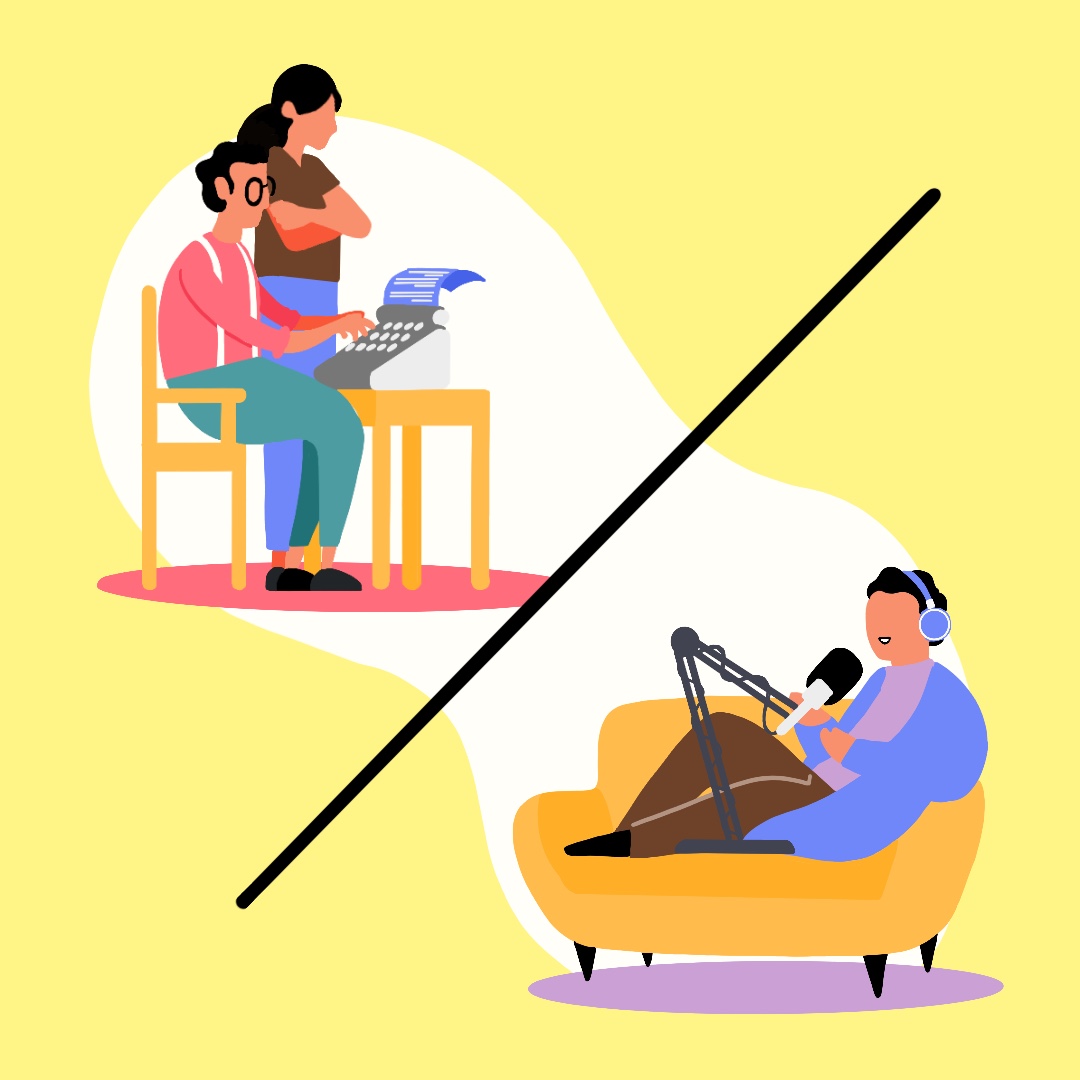In the past year, several instances have spotlighted free speech on the University of Minnesota campus, as well as questions surrounding the school’s policy, which supports students exercising their first amendment rights. Earlier this year, College Republicans posted “Build the Wall” on their panel on the Washington Avenue Bridge, which sparked outrage by some on campus. Prior to that, the University encountered protests over incendiary pundits, like former Breitbart editor Milo Yiannopoulos, whose invitation provoked the ire of some students who claimed he was inciting hate speech on campus.
Calls for a central campus resource on University speech protections by the student representatives of the Board of Regents are a necessary and welcome step. While abstract debates about free speech on our campus is necessary, the actual policies our University uses should be made clearer.
The student representatives want the school to create a “comprehensive, system-wide policy on student free speech” by the fall of 2018. Some, like Regent Darrin Rosha, say the project could lose momentum if the school takes that long to finalize the policies. We agree — while it’s important to ensure that new free speech policies are fully developed, deft and comprehensive, the opaque wording of current policies needs to be addressed with swiftness.
We encourage the University to shape its policy in a manner that protects fair dialogue — as part of an academic institution, we ought to find value in robust conversations with opposing viewpoints. bBut the University should better define when, where and in what manner expression is appropriate.
While individual students have the right to practice their right to free speech, many students have an unclear understanding of speech protections at the University — and a more publicized policy and hub for resources would be greatly beneficial to our campus community.
When determining the new resources, it seems apt that the University should seek input from a diverse group on campus, including those who are from underserved, marginalized communities, as well as those who have felt threatened by perceived hate speech.
Only with an inclusive forum in tandem with administrative discussions can clear guidelines and resources for free speech on campus be achieved.
That being said, we must all be mindful of how we engage in dialogue with other members of our community and think about what platforms and privileges we each have, what groups we represent and the context of our speech.







